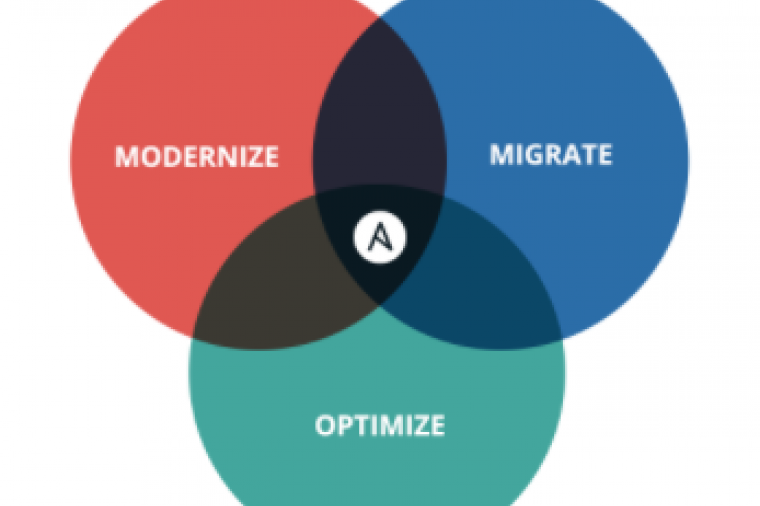Success in State and Local Fiscal Year-End Starts with Careful Marketing and Sales Strategies

The state and local government IT market has always been something of a chimera to marketers. At $130 billion annually, it’s a third larger than federal. But it’s a fragmented market, given that it consists of 50 states and more than 3,000 counties. Throw in the large cities from Boston to Los Angeles and it becomes even harder to access.
And whereas the federal government mostly operates under a couple of standard sets of procurement regulations, there is no uniform approach that covers all the non-federal jurisdictions.
Multi-state purchasing cooperatives, such as Valuepoint operated by the National Association of State Purchasing Officers (NASPO), encompass a mish-mash of vendors as disparate as Apple and Bridgestone Tires. Ditto for the former U.S. Communities Government Purchasing Alliance. Privately operations, it’s now called Omnia Partners. The General Services Administration’s schedules contracts are in theory open to states. But these national initiatives have never garnered more than a fraction of the potential sales.
This is why, over the years, many marketers have aligned state and local customer groups with their regional commercial sales organizations. If you’ve got name-brand recognition, that can be a more powerful lever for non-federal officials than any cooperative. That and reference accounts at any level of government.
It’s also wise to divide the market and sales effort according to the size of the account. For instance, a city of 100,000 is likely to have small but professional purchasing staff. But its buying power might warrant placing such an account with your telemarketing operation or, better, with a national or regional reseller, or else a vertical-specific VAR.
I also recommend that if you’re not already, you get involved with the National Association of State Chief Information Officers, or NASCIO. It has a couple of large national conferences each year that are good places to discern the trends. Not only are states the biggest components of the non-federal IT market, but they are also tied in with federal for delivery of major programs such as Medicare/Medicaid, Supplemental Nutrition Assistance Program, and countless large grant programs. It’s at that level where federal experience can help.
On the other hand, when pitching cloud services or DevSecOps services to a Riverside County or a state, you’d consider pairing your direct sales operation with the distributor and/or reseller fulfillment. Beyond that, in the New Yorks, Californias and Floridas of the country, engagements resemble federal in terms of dollars, visibility … and risk.
As the June 30 end-of-fiscal approaches for many non-federal jurisdictions, now’s the time to rethink your strategy for this potentially lucrative but difficult to navigate the market.

















































